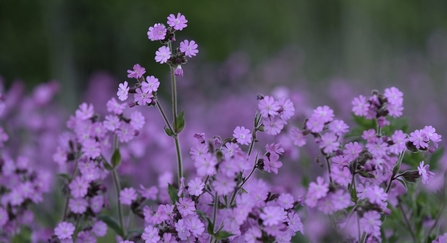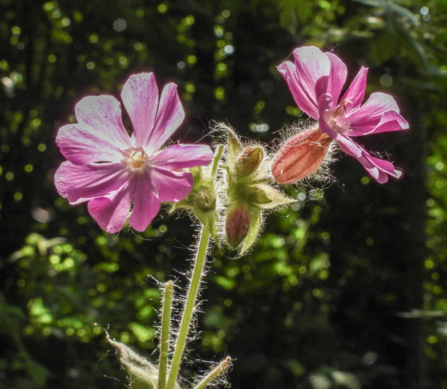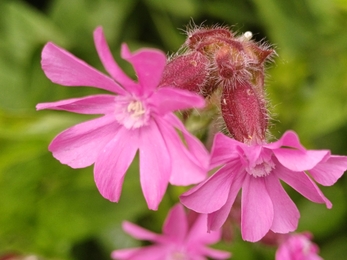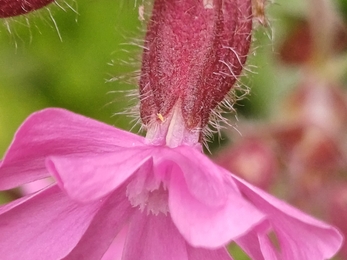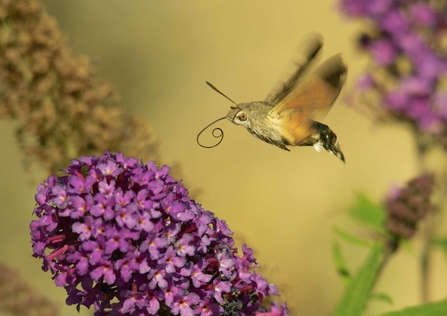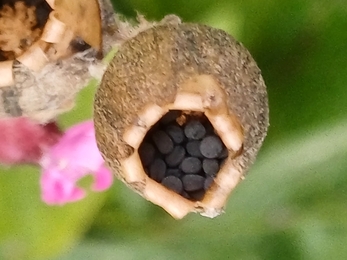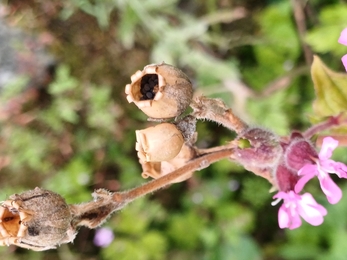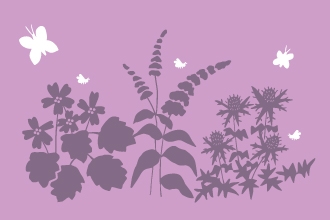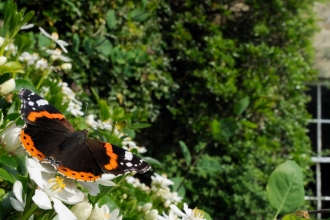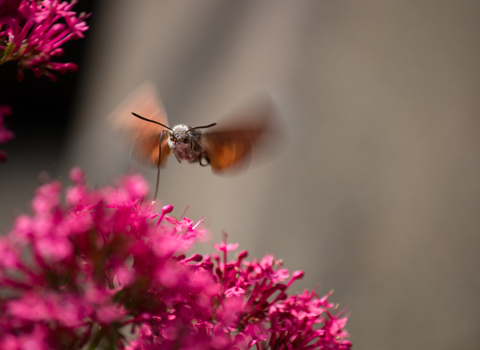Where does red campion grow?
Any family countryside ramble will bring to life this occasion enjoying the bright pink-magenta flowers of red campion (Silene dioica), which blooms in the hedgerows from May to September, sometimes beyond, depending on the seasonal climate.
This beauty, which has to be one of my favourites, can also be found colonising urban spaces, woodlands and grasslands, meadows, waste ground, tracks and pathways, so it's a versatile wildflower species. This beautiful wildflower tolerates most soils, and prefers dappled sunlight and partial shade.


